Yeshivas Tomchei Temimim in Lubavitch was said to have revolved around the maamar. Today, that opportunity is being offered to chassidim around the world, with the new ‘Seder Dach’ from 770 Yeshiva.
By Vaad Seder Dach 770
From Anash Magazine – published by Anash.org
The Yeshiva of Tomchei Temimim in the town of Lubavitch can be said to have revolved around the Maamar.
Friday nights, prior to Kabbolas Shabbos, the Rebbe Rashab would enter the main zal to deliver a lengthy maamar, explaining various concepts of Chassidic teachings. Following his departure, the Bochurim would immediately chazer the maamar multiple times throughout the night; repeating it multiple times on Shabbos morning, until they knew it by heart. They would then proceed to daven at length ‘with’ said maamar.
Throughout the ensuing week, this new maamar was the foremost focus of ever bochur; this maamar was what he studied, what he farbrenged about and what he lived with.
Similarly, in the modern-day Central Yeshiva Tomchei Temimim, housed in 770, the Rebbe’s Farbrengens and sichos were the focus of the bochurim’ learning. Every week the new likkut, misichas, (hanocho) as well as maamar were studied with enthusiasm and fervor. Just like in Lubavitch of old, bochurim koched in learning chassidus.
Recently, a number of bochurim and Anash have felt the need to rekindle this fundamental passion for learning Chassidus and recreate the communal excitement of koching in a common chassidic discourse or topic.
***
“Chassidim are required to study Chassidus”, declared the Frierdiker Rebbe (quoting the Rebbe Rashab), “Stam Chassidim – on Monday, Thursday and Shabbos. Temimim – an hour every day!” (Hayom Yom 21 Kislev).
Chassidim have long puzzled over the meaning of the latter part of the sentence. On the face of it, Bochurim in Yeshiva have to learn Chassidus according to the allotted Seder in Tomchei Temimim of 3 (or 4) hours daily; to whom then is the instruction “Temimim – an hour every day” directed?
We could speculate that the Hayom Yom is intimating that anyone who ever learnt in Tomchei Temimim, continues to bear the name Tomim. In other words, even once one has left Yeshiva, he remains a Tomim and he continues to be responsible to study Chassidus daily.
However, many, chassidim lack a proper structure and the appropriate stimulation to commit to this daily study.
Enter Seder Dach.
Seder Dach is a new chassidus curriculum. Brainchild of Rabbi Shmuly Avtzon, Director at Sichos In English, and a Mashpia in 770 appointed by R’ Yoel Kahn a”h it has been formulated in collaboration with some of the senior students of 770 and approved by the Hanholo, under the leadership of the Head Mashpia and Menahel of 770 Yeshiva, Rabbi Shloime Zarchi.
Seder Dach is not some new-age, neo-chassidic feel-good curriculum, rather, it is a restatement of the fundamental tenets of Chabad; to koch in chassidus. Seder Dach is non-revolutionary; its aim and goal is simply to offer Bochurim and Anash alike a structured program to study chassidus, helping them delve into and be involved in the world of chassidus.
Seder Dach will organize and present learning materials and suggested monthly quotas, as well as shiurim and additional resources for ease of learning.
Four different tracks have been developed.
(1) In-depth study of Hemshech Hachodesh 5666, accompanied by biweekly English Shiurim by Rabbi Meir Shlomo Kaplan. These Shiurim, as well as all other Seder Dach resources are available for the public to access in podcast and video format.
(2)A more fast-paced study of shorter Hemshechim, completing a different Hemshech each month, led by Rabbi Levi Klyne, along with Shiurim by Rabbi Michoel Golomb; by joining this track Bochurim can expect to acquire a broader knowledge of many chassidic concepts.
(3) In-depth study of the Rebbe’s Maamarim. While these Maamarim are often studied at a somewhat superficial and faster pace, to really appreciate the depth and nuance of our Rebbe’s maamarim, one must devote adequate time and attention. Weekly Shiurim will be offered on these maamarim, with special emphasis on highlighting the Rebbe’s innovation, depth and innovative approach to the ideas contrasting with the Chassidus of earlier Rebbes.
(4) The fourth, and possibly most innovative track on offer is that of Sugyos B’Likkutei Sichos.
Generally, Likkutei Sichos are studied in conjunction with the weekly parsha or relevant time of year that they were first published, with every sicha connected to a posuk or concept from that specific parsha or yom tov. However a more sophisticated appreciation of the sichos helps one realize that although nominally connected to the parsha, Likkutei Sichos are in reality foundational building blocks of chassidic pedagogy, educating the student in fundamental ideas and concepts of Nigla, Hashkofo and Chassidus.
Some central subjects, the Rebbe revisited time and again throughout the gamut of Likkutei Sichos, and approached from varying angles. Often these concepts were expressed in different terms or elaborated on from the perspective of diverse topics; however, the underlying thesis remains the same. Only when one studies these different sichos as a unit, can the true and extensive insights developed by the Rebbe be suitably perceived.
The goal of track (4) is both to paint a comprehensive picture of the general topic or concept, as well as to hone in onto the finer points and distinct details specific to each particular sicha.
This track is led by Rabbi Mendel Potash and Rabbi Avtzon.
Already in its second month, Seder Dach – impact has been strongly felt within 770. In addition to being involved and engrossed during the official sidrei chassidus, Bochurim have been spotted studying Chassidus bshufi in their own time, during breaks and at night.
Tens of yungeleit and shluchim have opted in to Seder Dach and are already participating in the program, enjoying the plethora of Shiurim and resources at their disposal.
Some of the feedback received:
“Seder Dach – 770, in a few short weeks, has revitalized my learning of Chassidus” – Mendel T. 770
“When I came to 770, I wasn’t sure what I would focus on with my learning. Boruch Hashem Seder Dach came along” – Moshe I. 770
A Senior Shliach (and author) wrote: “I just listened to Mendel Lerner’s Shiur and thoroughly enjoyed both the delivery and content of it, the way he explained the difference between each of the sichos. Thank you very much!”
“I started listening to Rabbi Kaplan’s shiurim, and I am amazed by the delivery and the concepts in Chassidus he explains” – Shmuli K. Lauderhill, FL.
“I walked into a medical office in Williamsburg, and Shlomy Kaplan’s shiur was playing” – Avremi R. Brooklyn, NY.
Avi G. from LA wrote: “I thoroughly enjoy the ability to learn a shiur of my fancy,that allows me to mull over concepts in a fashion that is rarely explored by those outside the realm of yeshiva. I especially enjoy Rabbi Golomb’s shiurim, where he plumbs a hemshech of the Rebbe Rashab with such lucidity and erudition that leaves me hankering for more.”
“Rabbi Avtzon’s Shiurim have great grasp and clarity in the maamarim. I don’t usually give that compliment. A lot of Shiurim have Havana and biurim. Ownership of a maamar is a whole other category” – Elie F., Prescott, Arizona.
***
The wider public is invited to join Seder Dach and opt into this revolution of learning Chassidus, especially as we find ourselves right before Yud Tes Kislev – Rosh Hashono (for learning) of Chassidus! Taamu Ureu Ki Tov – Taste and see that it’s good!
***
Seder Dach’s Shiurim can be found on Google Drive, Spotify, Apple Podcasts, 24six, and YouTube amongst others.
Chodesh Kislev has been dedicated לעילוי נשמת הרה”ת ר’ אליהו ב”ר אברהם משה הלוי ע”ה.
To sign up, sponsor or for more details visit: bit.ly/770chassidus or WhatsApp +1 (929) 457-9244.
***
This article first appeared in Anash Magazine – published by Anash.org.








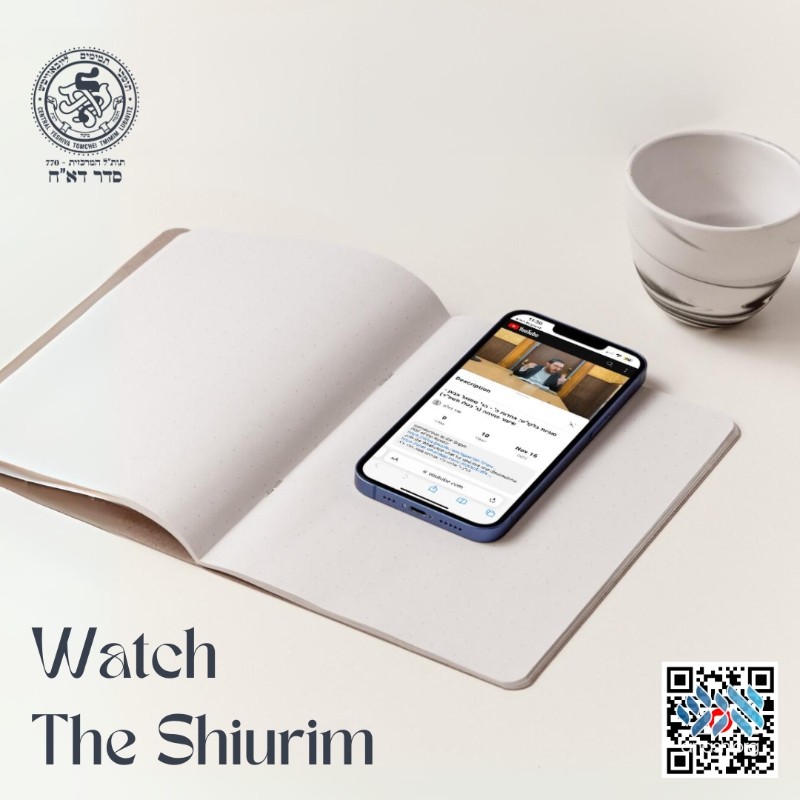

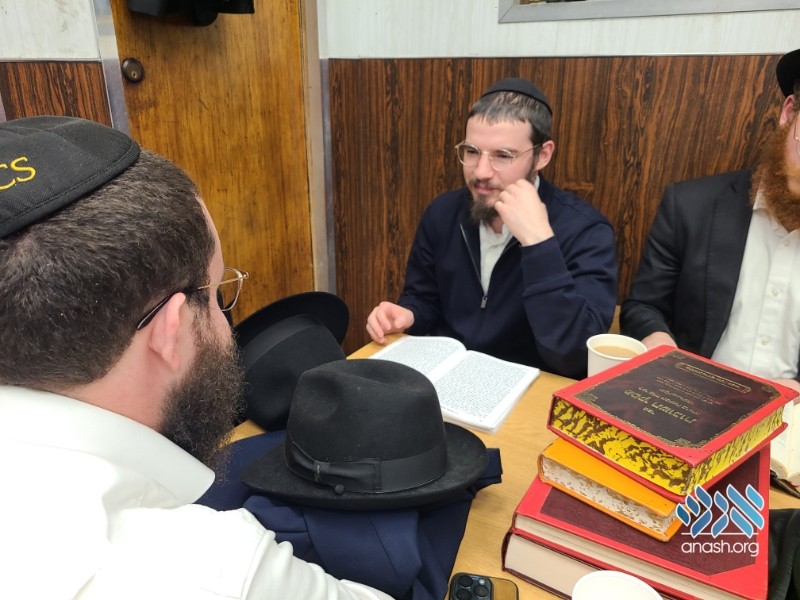


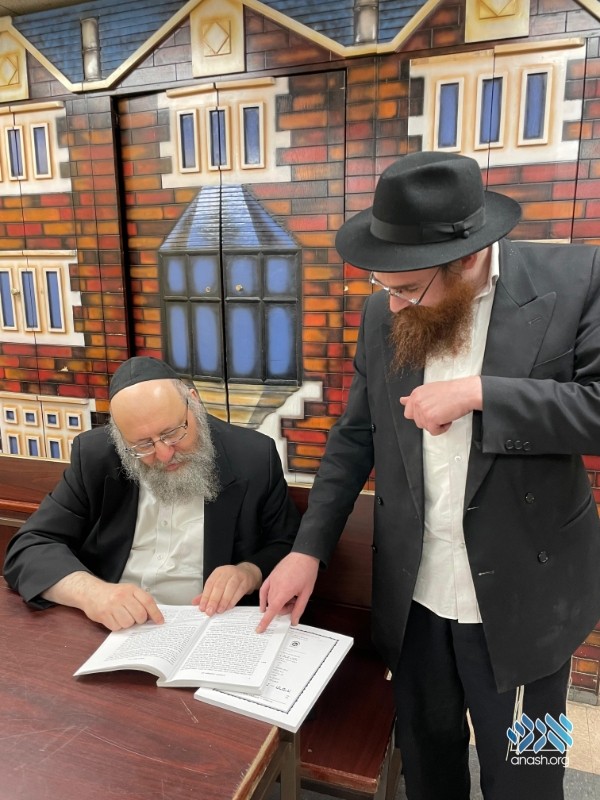
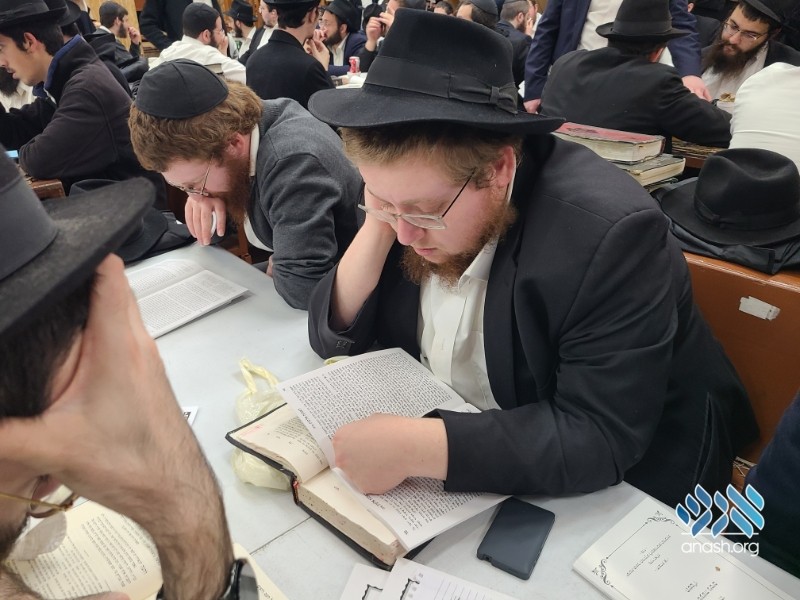
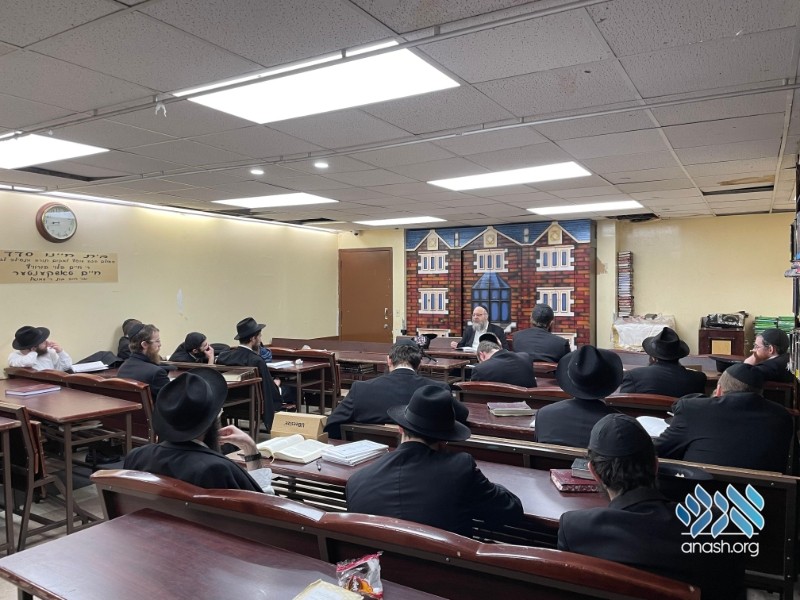


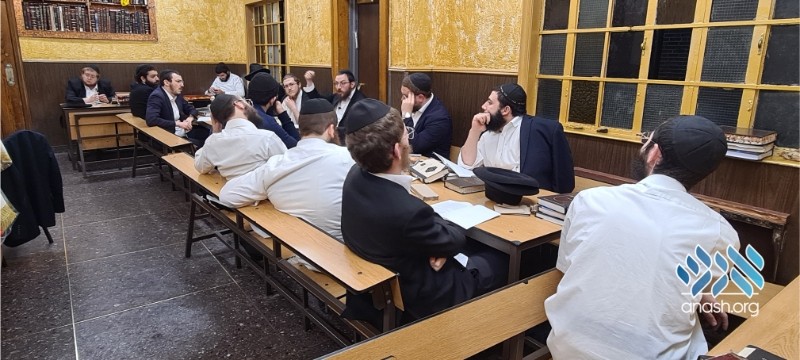
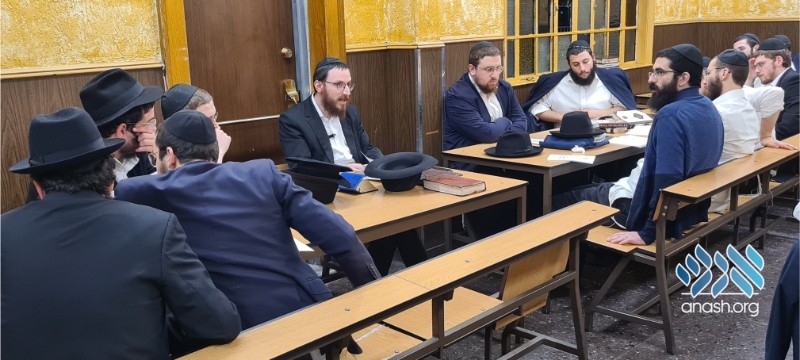


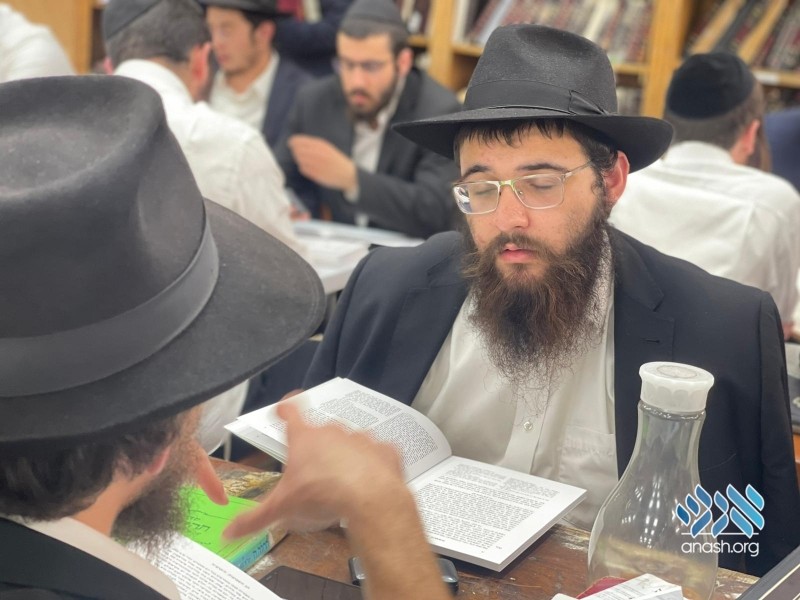


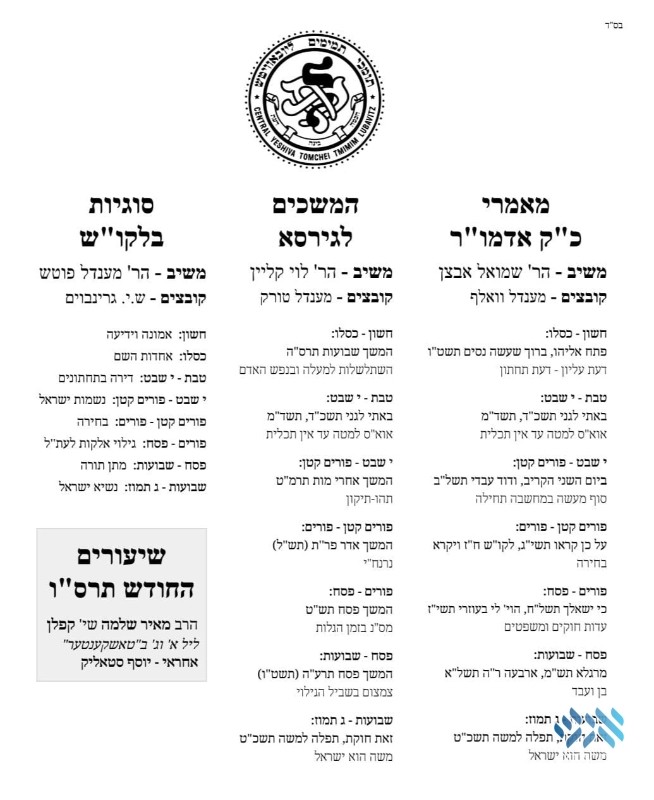
Discussion
In keeping in line with the Rabbonim's policies for websites, we do not allow comments. However, our Rabbonim have approved of including input on articles of substance (Torah, history, memories etc.)
We appreciate your feedback. If you have any additional information to contribute to this article, it will be added below.